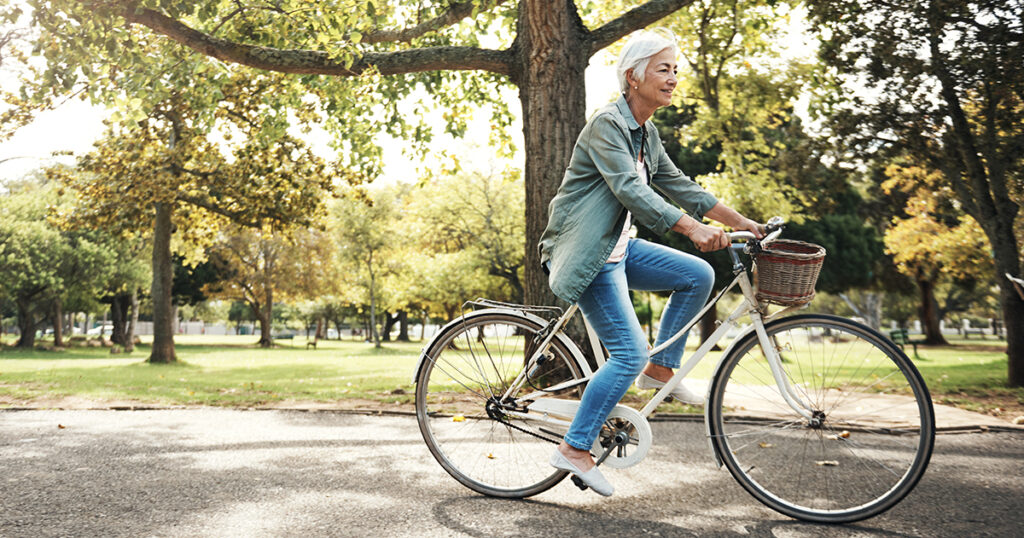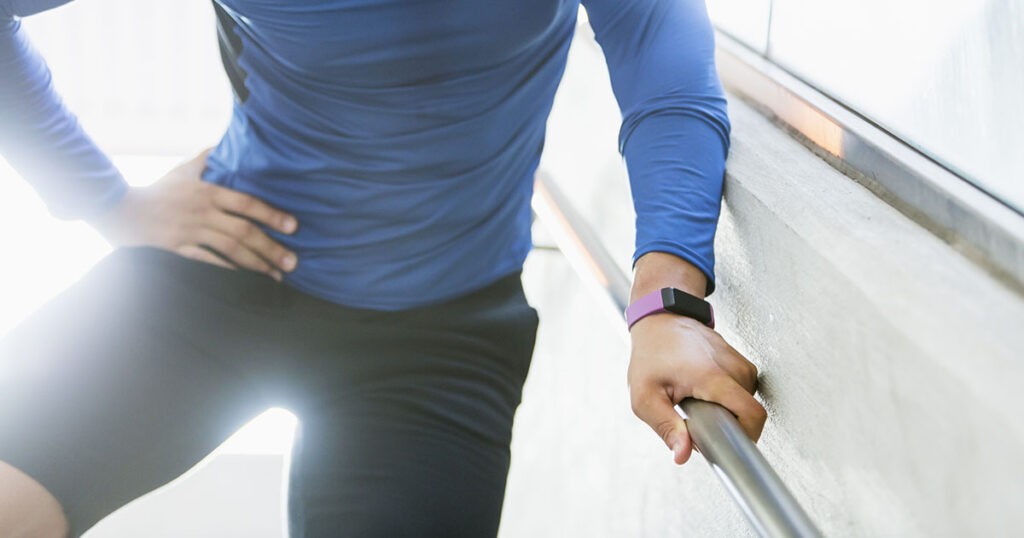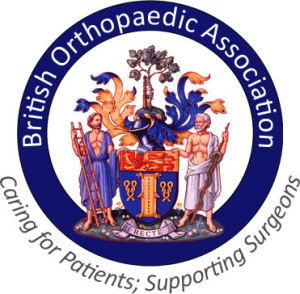Bursitis is a chronic hip problem that causes the soft tissue between your bones, muscles and tendons to become inflamed, causing pain and soreness down the outer upper thigh.
Hip bursitis is a secondary condition, so it’s important to identify the root cause of your inflammation to treat bursitis effectively.
In this blog, we’ll explore some of the common causes of bursitis and share practical advice on how to manage your symptoms and target the underlying condition.
Common causes of hip bursitis
While there can be many causes of bursitis, here are some of the most common culprits. The condition tends to be more prevalent amongst women and the elderly.
General wear and tear
Over time, the repetitive stress placed on the hip joint from everyday activities can lead to wear and tear on the bursa (soft tissues), causing inflammation and eventual bursitis. This wear and tear can be exacerbated by factors such as ageing, improper biomechanics, or poor posture, all of which contribute to increased friction and pressure on the hip joint.
Injury
Acute trauma to the hip, such as a fall or direct blow, can damage the bursa and surrounding soft tissues, leading to inflammation and the development of hip bursitis. Additionally, injuries that result in altered gait patterns or compensatory movements may place excessive strain on the bursa, further predisposing individuals to this condition.
Arthritis
Various forms of arthritis, including osteoarthritis and rheumatoid arthritis, can affect the hip joint and contribute to the development of bursitis. In arthritis, the gradual breakdown of cartilage and inflammation within the joint can irritate the bursa, leading to pain, swelling and restricted movement.
Bone spurs
Bone spurs, also known as osteophytes, are bony outgrowths that can develop along the edges of bones in response to chronic stress or degenerative conditions like osteoarthritis. When bone spurs form around the hip joint, they can impose on nearby structures, including the bursa, causing irritation, inflammation and bursitis symptoms.
Tilted pelvis
An abnormal pelvic alignment, such as a tilted or rotated pelvis, can disrupt the biomechanics of the hip joint and result in uneven distribution of weight and pressure. This imbalance can place excessive strain on the bursa and surrounding soft tissues, leading to inflammation and hip bursitis.
Hip surgery
Surgical procedures involving the hip joint, such as a hip replacement or the repair of a labral tear, can disrupt the normal anatomy and biomechanics of the hip, increasing the risk of postoperative complications such as bursitis. Scar tissue formation, altered joint mechanics and prolonged immobilisation during recovery may also contribute to inflammation of the bursa.
Tight IT band
The iliotibial band (IT band) is a fibrous band of tissue that runs along the outside of the thigh, connecting the hip to the knee. When the IT band becomes tight or inflamed due to factors such as overuse, muscular imbalances or biomechanical issues, it can irritate the adjacent trochanteric bursa, leading to hip bursitis. This is particularly common in athletes, such as runners and cyclists, whose activities involve repetitive hip movements and strain on the IT band.
Treatments for hip bursitis
Bursitis can develop without any history of injury, so the reason for its onset may not be clear. A consultation with a consultant orthopaedic surgeon like Mr Nirav Shah will provide a thorough and prompt diagnosis, including a treatment plan to alleviate your symptoms and treat your condition as quickly and effectively as possible.
Cortisone injections can offer temporary relief from pain while targeted physiotherapy, hydrotherapy and improved posture will achieve a long-lasting improvement for most patients.
In rare cases, surgery may be necessary to repair the muscle. This is usually carried out as a day case, followed by physiotherapy to rebuild muscle strength. You’ll be able to return to most daily activities within three weeks to three months. However, it may take up to 18 months for the full benefits of treatment to be realised.
While you wait for a diagnosis and treatment, prioritise rest and avoid activities that make your pain worse, opting for gentler exercises like swimming or cycling instead. Applying ice or heat packs can provide relief, and, if needed, you can take over-the-counter pain medication.
Assistive devices like walking aids or hip braces can help to alleviate pressure on the joint, and gentle stretching exercises can reduce stiffness. Maintaining a healthy weight, wearing supportive footwear, and practising good posture are also beneficial.






